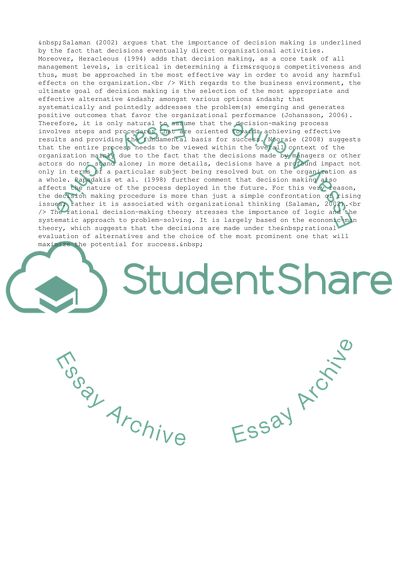Cite this document
(The Globalization Effect and the Fast Technological Advancements Term Paper - 1, n.d.)
The Globalization Effect and the Fast Technological Advancements Term Paper - 1. Retrieved from https://studentshare.org/business/1717854-b300-tma01
The Globalization Effect and the Fast Technological Advancements Term Paper - 1. Retrieved from https://studentshare.org/business/1717854-b300-tma01
(The Globalization Effect and the Fast Technological Advancements Term Paper - 1)
The Globalization Effect and the Fast Technological Advancements Term Paper - 1. https://studentshare.org/business/1717854-b300-tma01.
The Globalization Effect and the Fast Technological Advancements Term Paper - 1. https://studentshare.org/business/1717854-b300-tma01.
“The Globalization Effect and the Fast Technological Advancements Term Paper - 1”. https://studentshare.org/business/1717854-b300-tma01.


